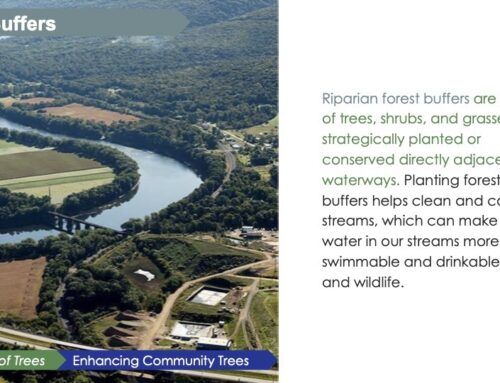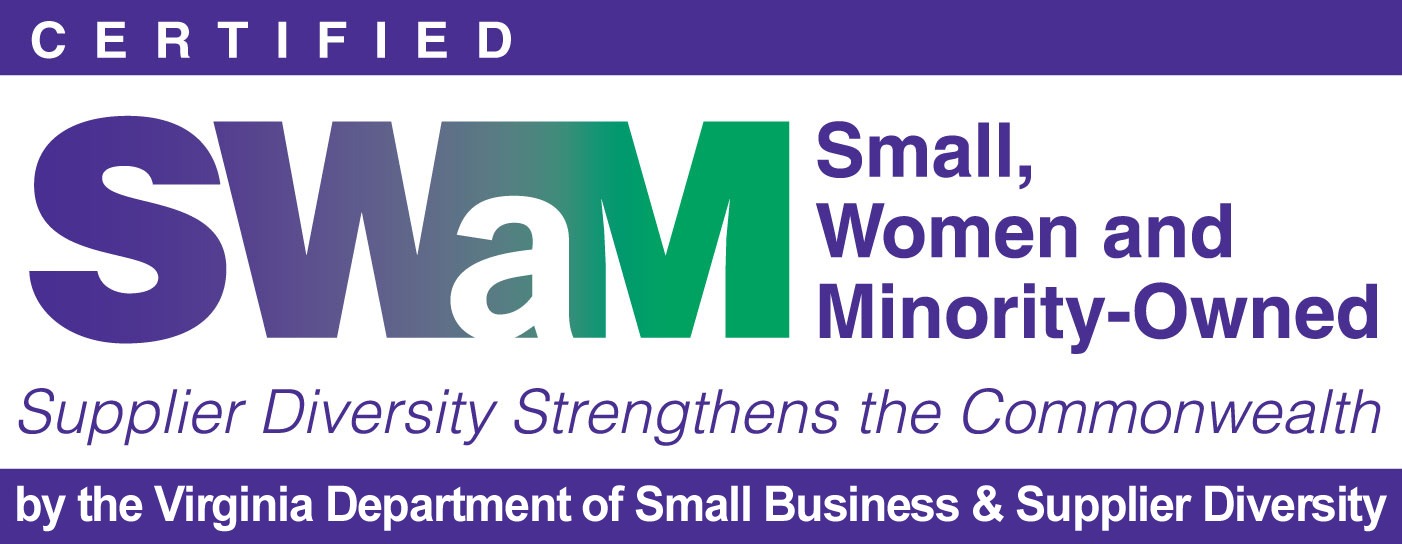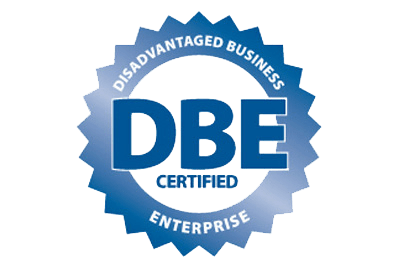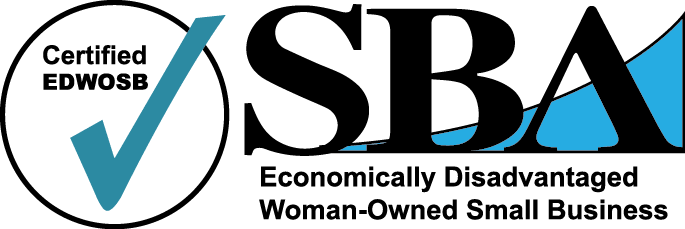Environmental campaigns– we've seen a million of them. What's rare is the campaign that is built from the ground up to succeed. Campaigns often seek to motivate behavior changes through increasing audience awareness. This is exactly the wrong approach.
Don't believe us? Consider Ann Christiano and Annie Neimand's article, "Stop Raising Awareness Already", published in the Stanford Social Innovation Review. In it they present many different case studies disproving the Information Deficit Model.
So what's a good environmental organization to do?
According to Christiano and Neimand "To move the needle on the issues we care about the most, research and experience both show that we must define actionable and achievable calls to action that will lead a specific group of people to do something they haven't done before."
In other words, we need to focus on what we want to actually change. There are various names and approaches for this, including the "Theory of Change" and social marketing. Some projects call for strict adherence to particular models but many projects can adopt a hybrid approach to fit their particular needs, timeline, and budget.
One example of how we put this into action is when we led a campaign in support of a more sustainable blue crab fishery in the Chesapeake Bay. Through research and user surveys, we found that what needed to change was the collection of more accurate and more timely blue crab harvest (catch) data.
Our call to action targeted fishermen in specific areas and encouraged them to use an online state tool for harvest reporting instead of using paper forms. The online tool was much easier for them to use, significantly decreasing their time filling out forms while also providing the state with very timely data. The problem was that the most crabbers didn't even know the tool existed, and those who did thought it would be too difficult to use. So we created a series of training workshops, an online video tutorial, and documented actual experiences from crabbers using the system.
Working with watermen to help deliver the message provided credibility to our outreach and identified areas of the tool that needed improvement. The state was then able to address concerns with several updates. Our campaign resulted in a 250% increase in online reporting within one year.
The basics of a social marketing strategy
This infographic breaks down the 5 essential elements of a social marketing campaign. Designed by Green Fin Studio.
You need a detailed plan and defined objectives to enact behavior change in your community of interest. Here are a few important components to address in a social marketing campaign:
- The behavior you're trying to change. It needs to be very specific and well-researched beforehand. Choose a behavior that is likely to work and has high impact. Make sure you choose a behavior that directly affects your goal.
- The audience who you want to target, defined as narrowly as possible. You have to understand who you're talking to before you try to sell.
- The barriers your audiences faces in adopting your behavior. Is it inconvenient or expensive for them? You can use surveys, interviews, and other relevant data to assess problems your campaign might face. There are likely multiple barriers that are holding your audience from adopting your behavior, and your campaign needs to address each of them in order to ensure adoption.
- Identify who your audience knows, likes and trusts as messengers. Once you define a message, it is more effective when delivered by someone who's seen as credible and is compelling to the target audience.
- Once you know who you're targeting and what is preventing them from adopting your behavior, you will need to develop a promotional strategy that educates and inspires your audience while providing solutions to help them overcome their barriers. A few promotional strategies to keep in mind:
- Traditional marketing through paper flyers, social media, emails, contact with the press, etc.
Events and personal interaction. Social science shows us that people are more likely to adopt a behavior when another person asks them directly. - Ask for small commitments (monetary or easier behavior changes) before asking for larger ones. Small steps are easier to adopt and people are more likely to commit to larger behavior changes after they've already committed to something small.
- Include accountability measures. For example, make their commitments public (perhaps at an event or on social media) and long-lasting (provide incentives) as much as possible, without being too heavy-handed.
- Traditional marketing through paper flyers, social media, emails, contact with the press, etc.
By addressing these components in a social marketing campaign, your organization is much more likely to change the behaviors needed to reach your goals.
Environmental organizations are some of the busiest groups we know. They're trying to get more and more done with limited staff and budgets. We've found that when they leverage social marketing strategies they get more results, faster.
Green Fin Studio builds and executes strategies for home runs without breaking the bank. Contact us if you're interested in starting your own social marketing campaign.




